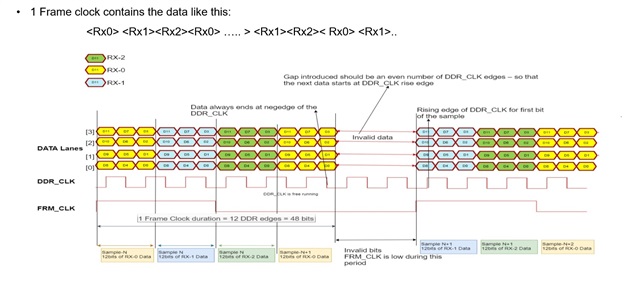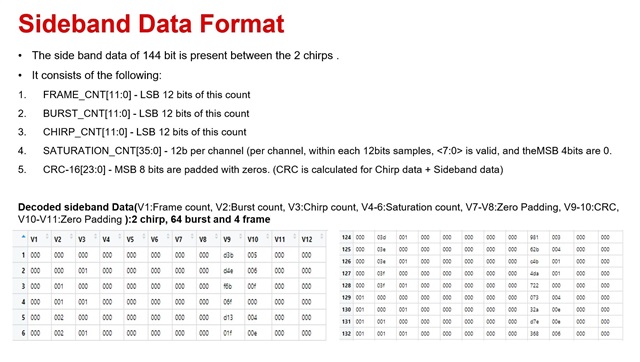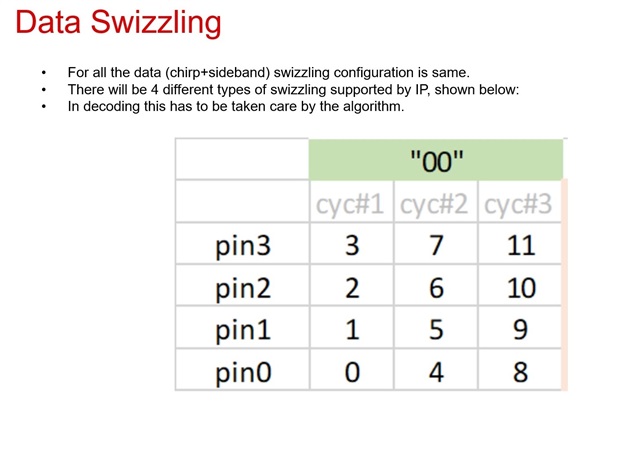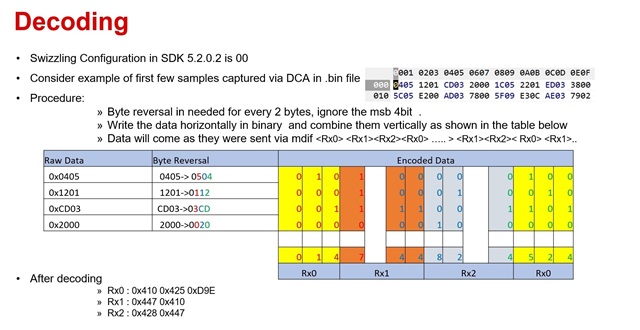Other Parts Discussed in Thread: IWRL6432, DCA1000EVM
I have been trying to get the IWRL6432 to stream radar ADC data to the DCA1000 from startup, without the radar EVM having to be configured via SPI.
I have made the following changes to the motion and presence detector demo code to try and get this working:
- Enabled CLI bypass in mmw_cli.c, and set adcLogging to 1
- Updated the function Mmwave_populateDefaultOpenCfg in common_full.c to replicate the settings with which we have successfully captured data using mmWaveStudio:
- Enable lane rate update
- Data swizzling mode Pin 0, bit 0, cycle 3
I've got this code in Mmwave_populateDefaultOpenCfg:
Using this configuration, with the test pattern disabled, I am not measuring any activity on the RADAR_LVDS_CLK line on the EVM.
However, if I change the code to enable the test pattern, I do see this clock line running.
I can't quite figure out where in the code the test pattern setting is applied so that the device sends the test pattern, or where in the code the real sampled ADC data would be sent out.
I am using version 5.02.00.02 if the SDK, and have tried configuring the switches on the BOOST board for both functional mode and debug using mmWaveStudio.
Can you perhaps give me some guidance as to how I can get the EVM to stream out the radar data?





